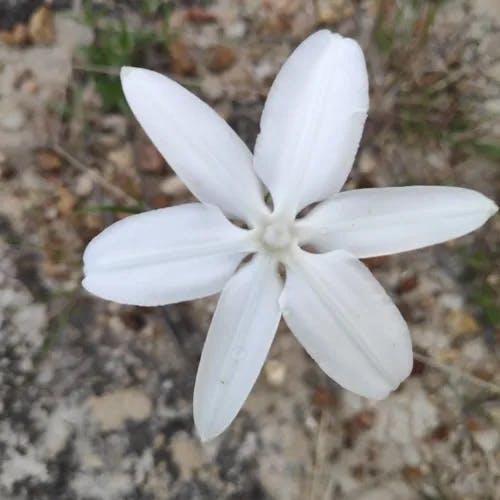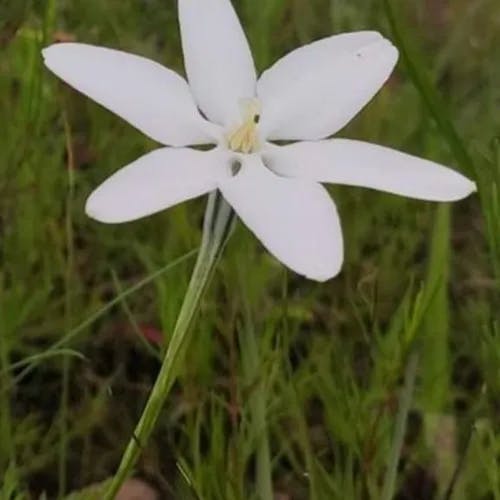The Mexican star plant is scientifically termed Milla biflora. It originates from and dwells across Mexico. This flora has upright, thin stems reaching 60 cm high. The leaves resemble grass. Most special about the Mexican star are its flowers. They possess six white petals in a star shape. The fragrant blooms cluster at stem tops. The Mexican star lives over multiple years as a perennial. It can thrive in various soils if well-drained. Full sunlight or partly shaded areas suit it. Symbolically, its white flowers represent purity and innocence. Beauty and elegance are also connected to this plant. Small capsules containing seeds form the fruit, quite plain versus the showy blooms.
0
0








